The film slitting machine is a key piece of equipment in the film processing industry, and its core function is to precisely cut wide film materials into narrow rolls of specific widths, while ensuring that the slitting edges are flat and neatly rewound to meet the high standards of downstream applications. The following is an in-depth analysis from four aspects: technical principles, core functions, application scenarios and development trends:
1. Technical principles and workflow
1. Unwinding system
◦ Constant tension control (magnetic particle brake or servo motor) ensures that the film does not slack or overstretch during the unwinding process.
◦ Equipped with a web guiding device (EPC or CCD vision system) to adjust the position of the film in real time to avoid lateral offset.
2. Slitting system
◦ Blade slitting: round knife (high-speed rotation) or straight knife (contact cutting), suitable for PET, BOPP and other hard films.
◦ Non-contact slitting: laser or ultrasonic cutting, used for easy to adhere PE, PVC and other soft films, to reduce burrs.
3. Winding system
◦ Multi-station automatic switching (such as dual-axis winding) to achieve non-stop roll change and improve efficiency.
◦ Tension Gradient control to prevent "daisy" or collapsing edges during winding.
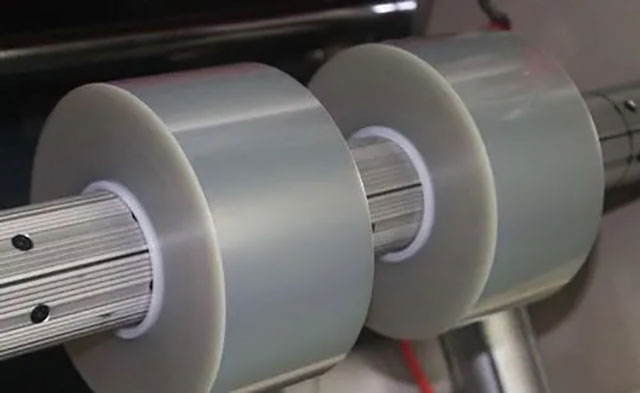
2. Core functions and technological innovation
1. High-precision slitting
◦ The slitting width tolerance can reach ±0.1mm (high-end models), relying on high-precision encoders and closed-loop control systems.
◦ Dynamic adjustment technology: Automatically adjusts the tool pitch according to the fluctuation of film thickness (e.g., in-line thickness gauge feedback).
2. Intelligent control
◦ Integrated PLC + HMI, preset slitting parameters (width, tension, speed).
◦ AI defect detection: Identify film defects in real time through the camera and mark the slitting location.
3. Efficient production
◦ The speed can reach 800-1200m/min (depending on the material), equipped with automatic dust removal and static elimination device.
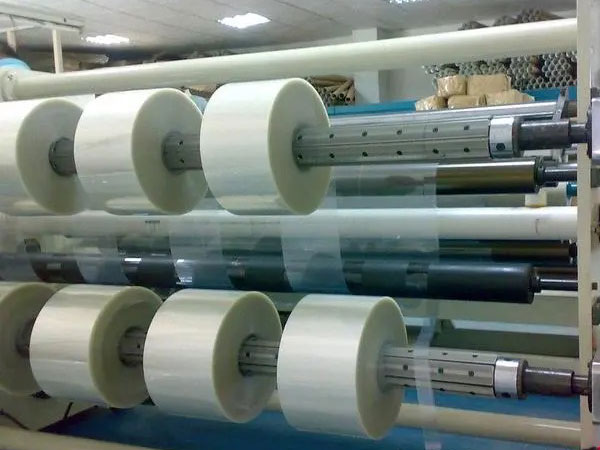
◦ Energy-saving design: such as variable frequency drive and energy feedback system to reduce power consumption.
3. Key application scenarios
1. Packaging industry
◦ Slitting of food packaging (aluminum foil composite film) and electronic packaging (anti-static film).
2. New energy field
◦ Precision slitting of lithium battery separator and photovoltaic backsheet film (dust-free environment required).
3. Optoelectronic materials
◦ Ultra-thin slitting of polarizers and films for flexible displays (thickness < 50μm)。
Fourth, the development trend of the industry
1. Intelligent upgrade
◦ Internet of Things (IoT) remotely monitors equipment status and predictive maintenance reduces downtime.
◦ Digital twin technology simulates the slitting process and optimizes parameters.
2. Green manufacturing
◦ Low-noise design, degradable film slitting to meet environmental protection needs.
3. Versatile integration
◦ Slitting-rewinding-testing integrated equipment shortens the production process.
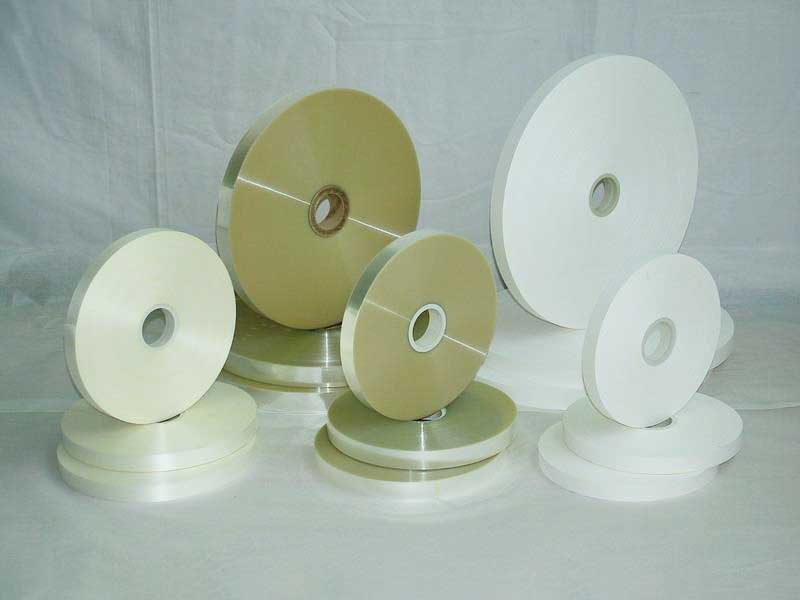
5. Selection suggestions
Users need to select the model according to the material characteristics (thickness, elasticity), slitting accuracy (normal/high precision), output (speed requirements), and pay attention to the manufacturer's after-sales service capabilities (such as blade life management, system upgrade support).
The technological evolution of film slitting machines is driving film processing to be more efficient and precise, and it has become an indispensable "tailor" in the manufacture of flexible materials.
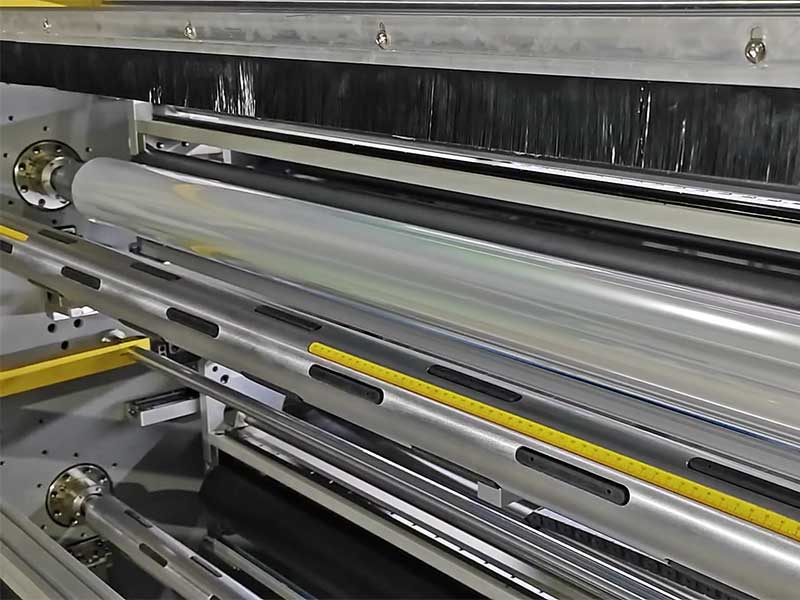 Intelligent deviation correction: the "invisible guardian" of automotive film slitting machine
Intelligent deviation correction: the "invisible guardian" of automotive film slitting machine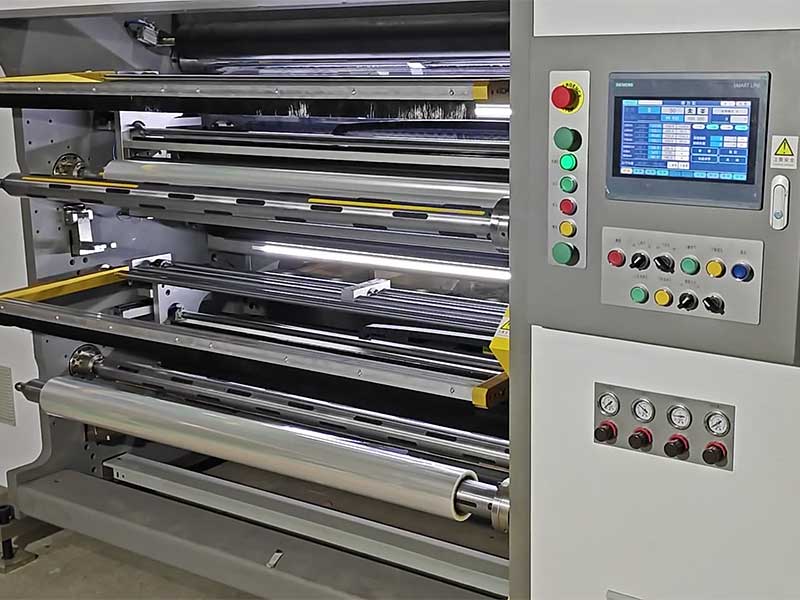 Film revolution: an intelligent cutting knife, how to cut out the new profit space of the automotive film industry?
Film revolution: an intelligent cutting knife, how to cut out the new profit space of the automotive film industry?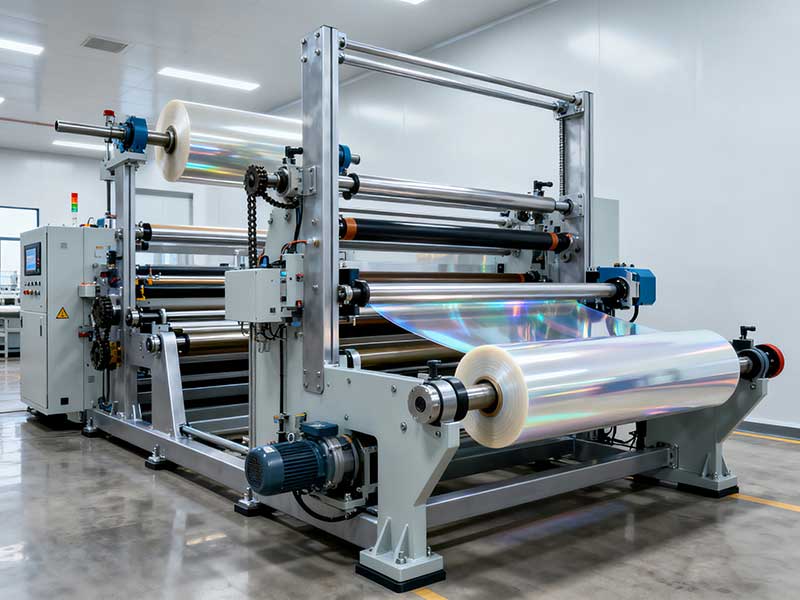 Your film material, film slitting machine to "tailor"
Your film material, film slitting machine to "tailor"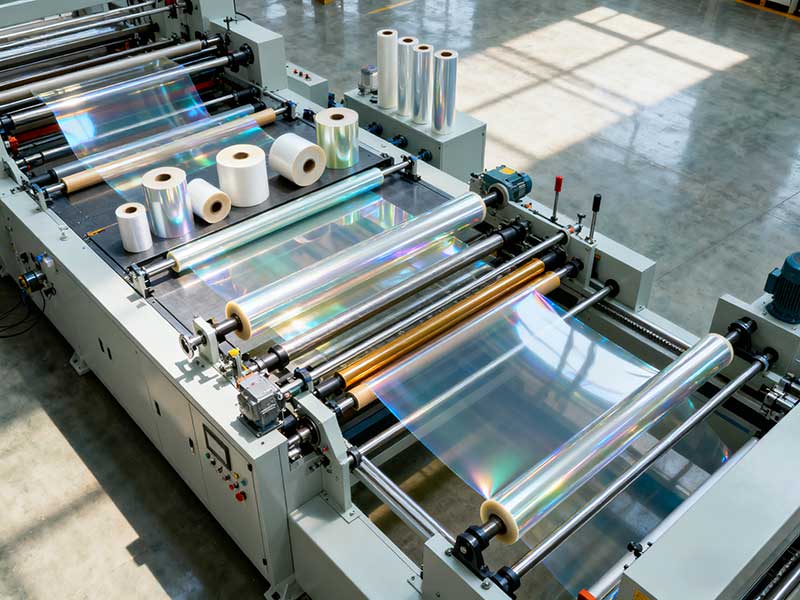 Film slitting machines: customized solutions for multi-industry applications
Film slitting machines: customized solutions for multi-industry applications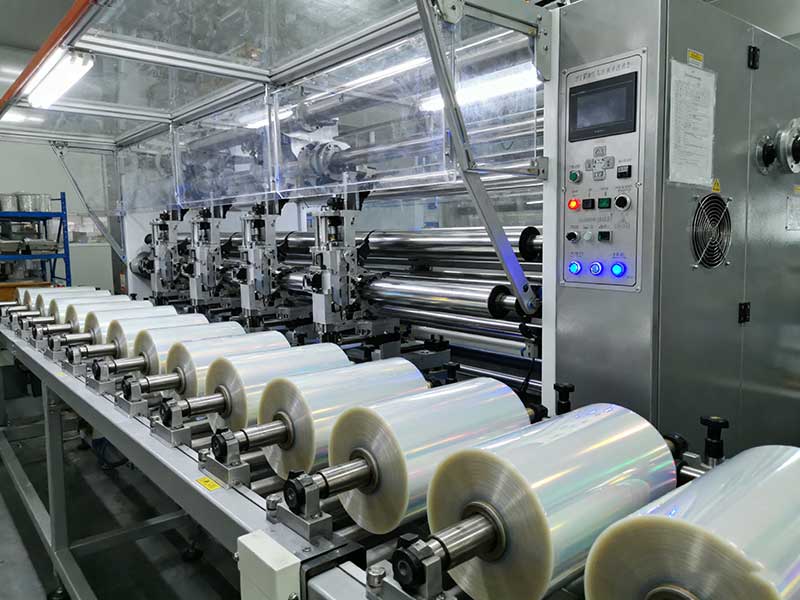 Demystifying: The technological innovation behind high-performance film slitting machines
Demystifying: The technological innovation behind high-performance film slitting machines